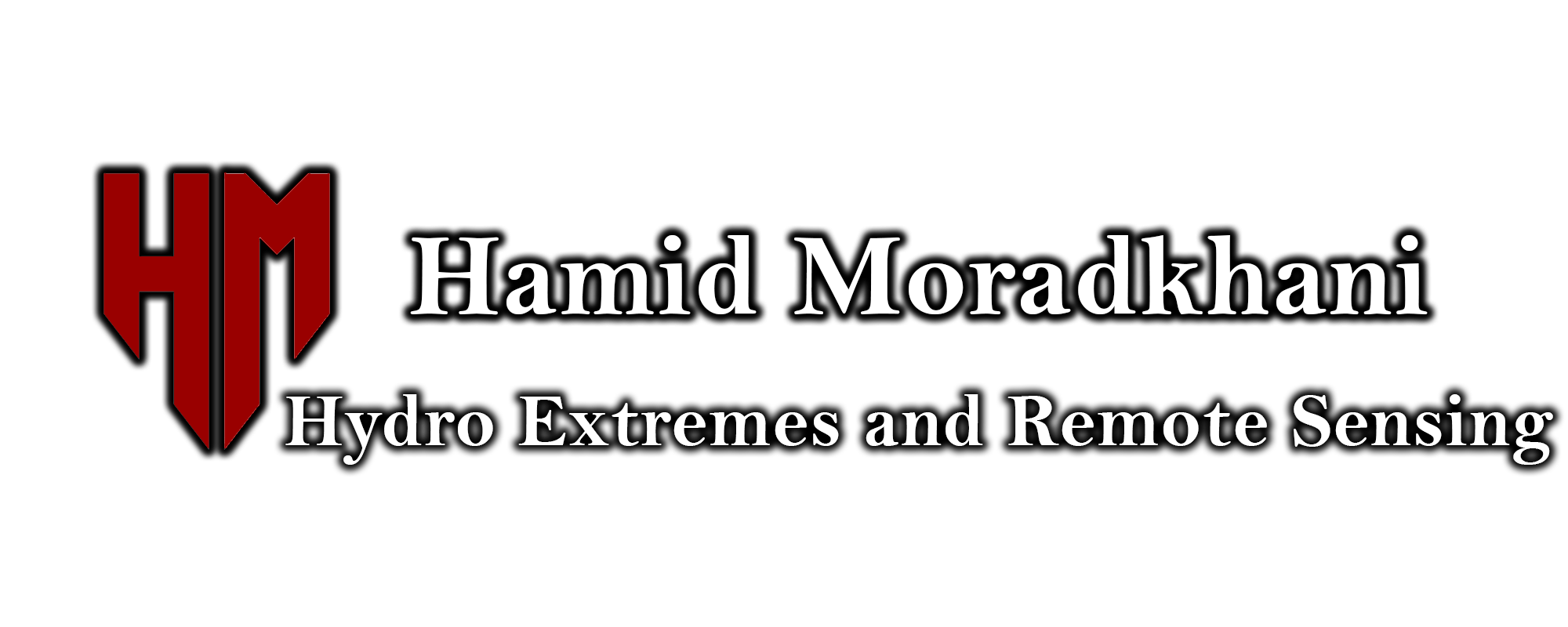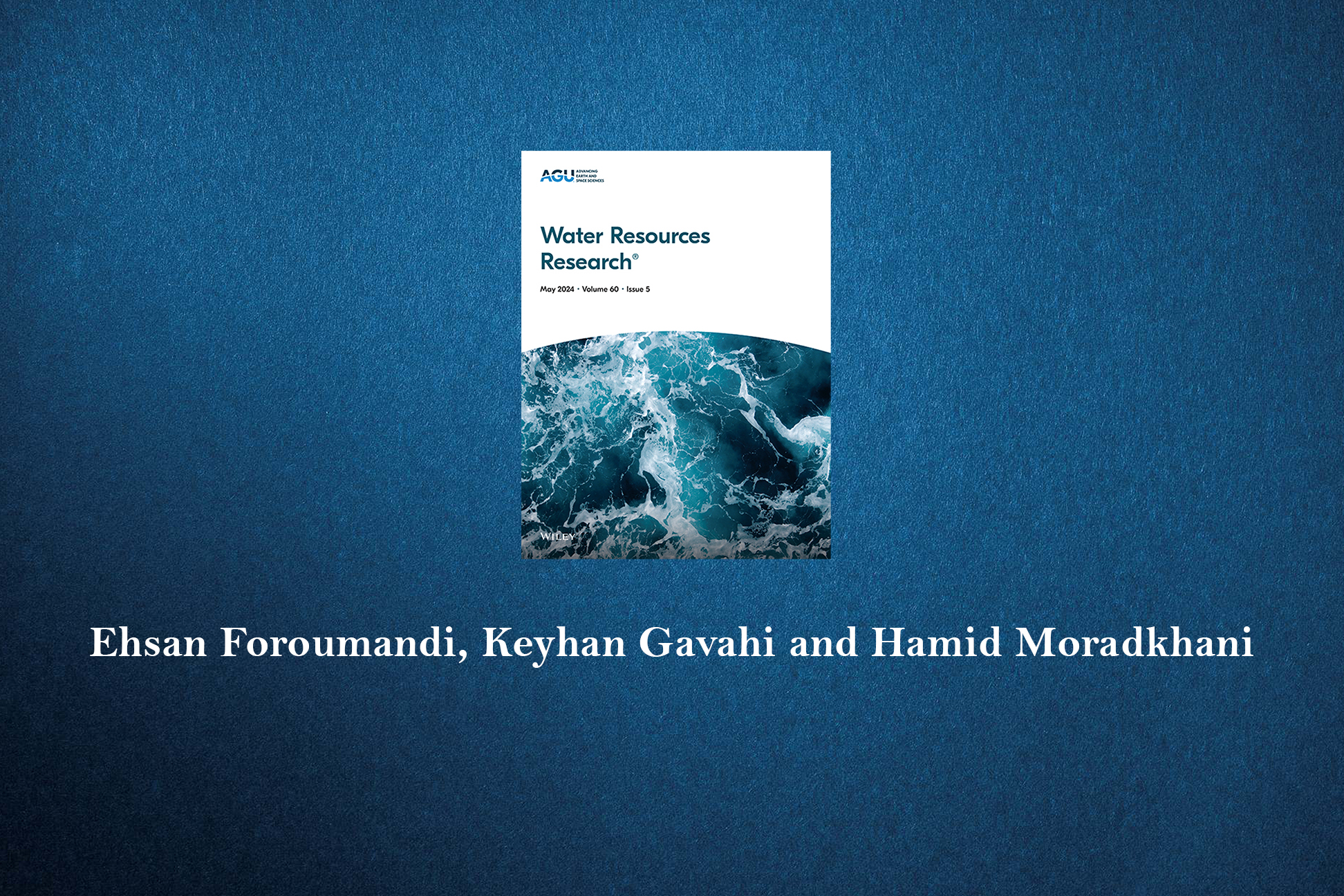Droughts are among the most devastating natural hazards, occurring in all regions with different climate conditions. The impacts of droughts result in significant damages annually around the world. While drought is generally described as a slow-developing hazardous event, a rapidly developing type of drought, the so-called flash drought has been revealed by recent studies. The rapid onset and strong intensity of flash droughts require accurate real-time monitoring. Addressing this issue, a Generative Adversarial Network (GAN) is developed in this study to monitor flash droughts over the Contiguous United States (CONUS). GAN contains two models: (a) discriminator and (b) generator. The developed architecture in this study employs a Markovian discriminator, which emphasizes the spatial dependencies, with a modified U-Net generator, tuned for optimal performance. To determine the best loss function for the generator, four different networks are developed with different loss functions, including Mean Absolute Error (MAE), adversarial loss, a combination of adversarial loss with Mean Square Error (MSE), and a combination of adversarial loss with MAE. Utilizing daily datasets collected from NLDAS-2 and Standardized Soil Moisture Index (SSI) maps, the network is trained for real-time daily SSI monitoring. Comparative assessments reveal the proposed GAN’s superior ability to replicate SSI values over U-Net and Naïve models. Evaluation metrics further underscore that the developed GAN successfully identifies both fine- and coarse-scale spatial drought patterns and abrupt changes in the SSI temporal patterns that is important for flash drought identification….Read more

